20 Animals That Can Live Without Water for Days
Surviving without water for long periods is an incredible adaptation that certain animals have developed to thrive in arid, harsh environments. From deserts to dry savannas, these animals have evolved remarkable ways to conserve or obtain water in unique ways. Here are 20 animals that can go without drinking water for days or even longer, making them masters of survival in dry conditions.
1. Kangaroo Rat
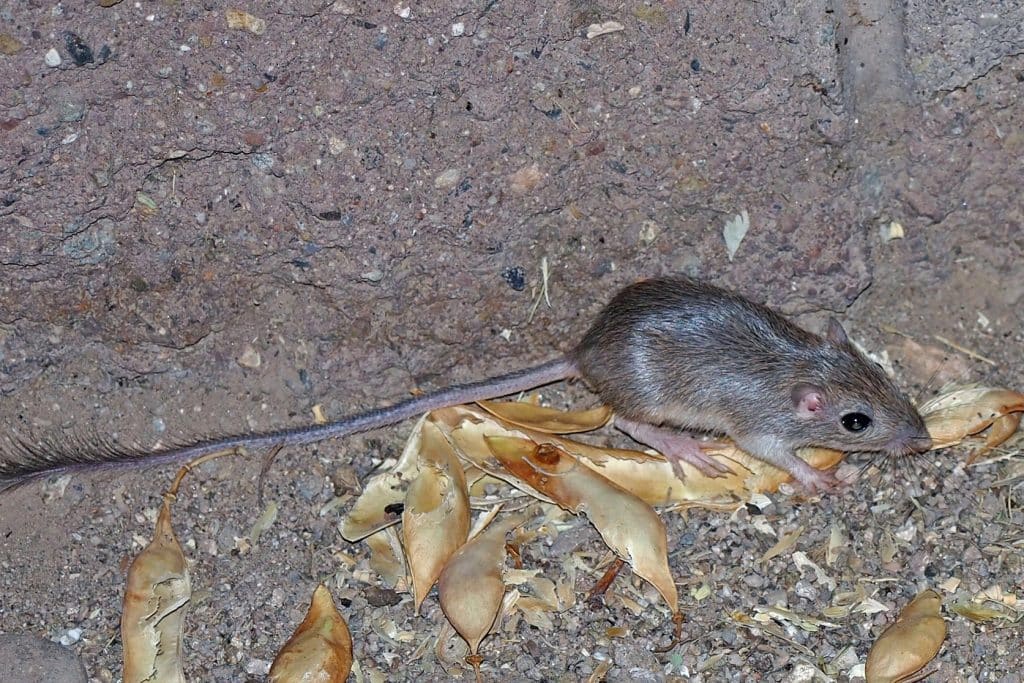
Native to North America’s deserts, the kangaroo rat can go its entire life without drinking water. It gets all the moisture it needs from the seeds it eats and has specialized kidneys that minimize water loss. By producing highly concentrated urine and retaining moisture, this tiny rodent is well-suited for life in the driest of deserts.
2. Camels
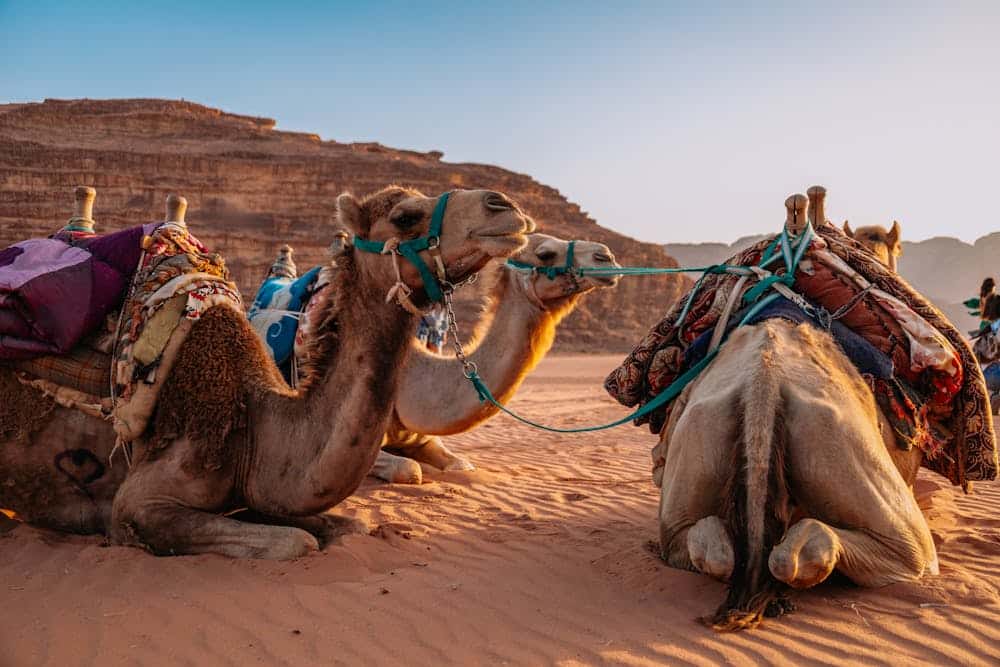
Perhaps the most iconic desert animal, camels can survive for weeks without water. They store fat in their humps, which their bodies can break down into water and energy. Camels also have specialized red blood cells that allow them to drink large amounts of water quickly without risking hydration issues.
3. Thorny Devil Lizard

The thorny devil lizard from Australia has skin that captures moisture from the air and directs it to its mouth. It can absorb water through capillary action, which allows it to survive in arid environments with minimal rainfall. This adaptation makes it possible for the thorny devil to get by without drinking water directly.
4. Gila Monster
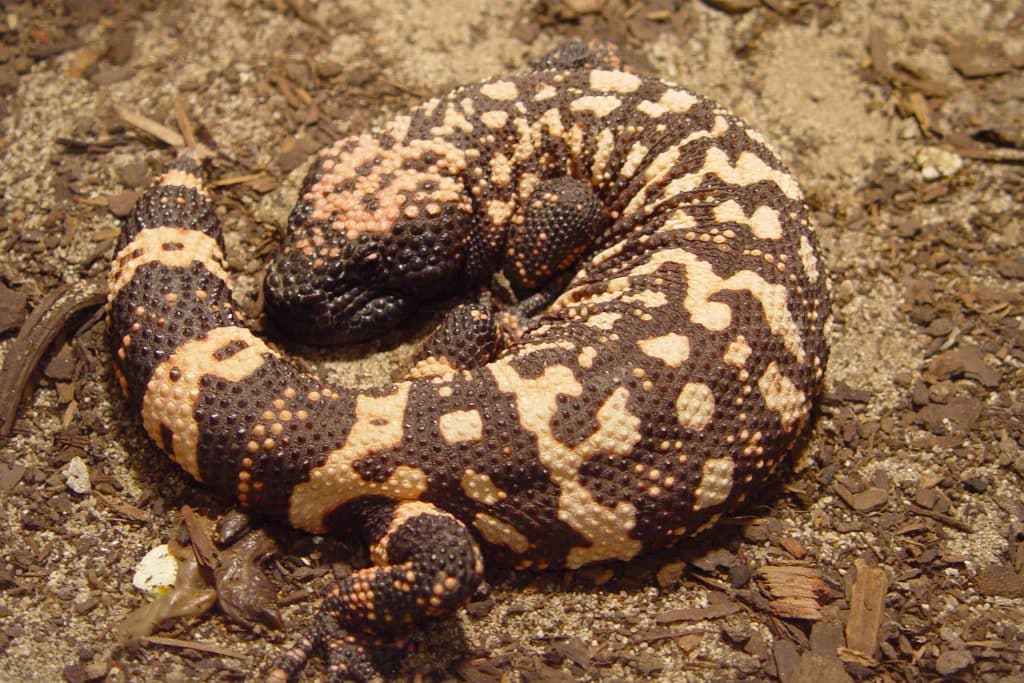
The Gila monster, a lizard native to the southwestern United States, stores water and nutrients in its tail. It can go without water for long periods by relying on the reserves stored in its body. Gila monsters spend most of their time in cool burrows, reducing water loss through evaporation.
Follow us for more of these articles.
5. African Lungfish

During droughts, the African lungfish buries itself in mud, secreting a mucus cocoon to keep itself moist. It goes into a state of estivation, a type of hibernation, slowing down its metabolism until water returns. This adaptation allows it to survive without water for months or even years in extreme cases.
6. Desert Tortoise
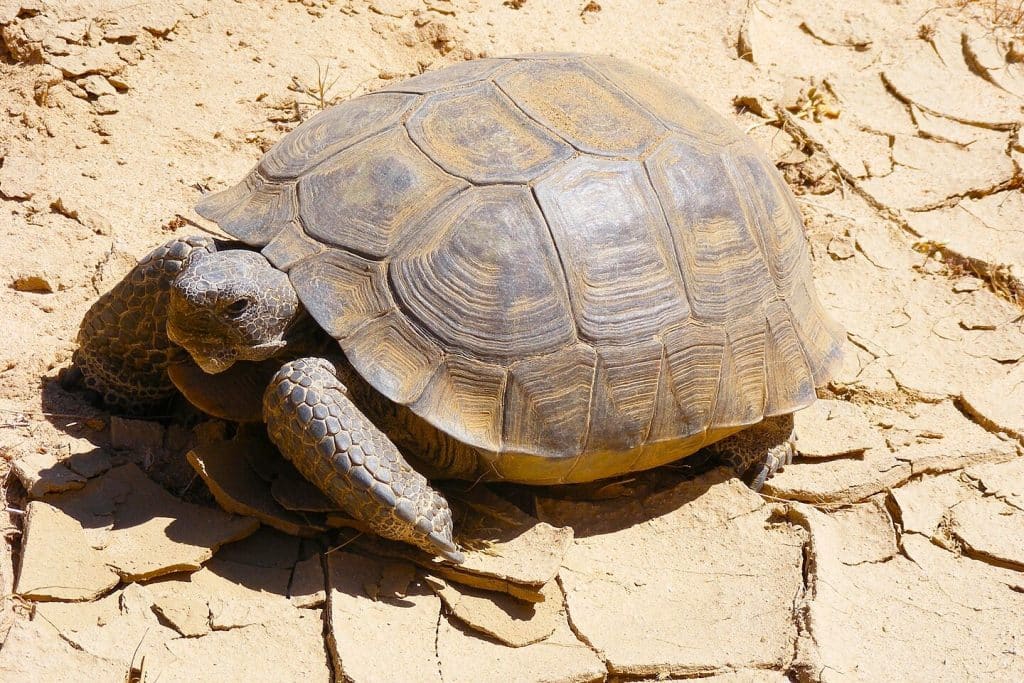
The desert tortoise is adapted to survive long periods without water by storing water in its bladder. It can reabsorb water from its bladder when necessary, and its thick skin minimizes water loss. The tortoise waits until rainfall fills small puddles, then drinks a large amount of water to replenish its reserves.
Follow us for more of these articles.
7. Jerboa
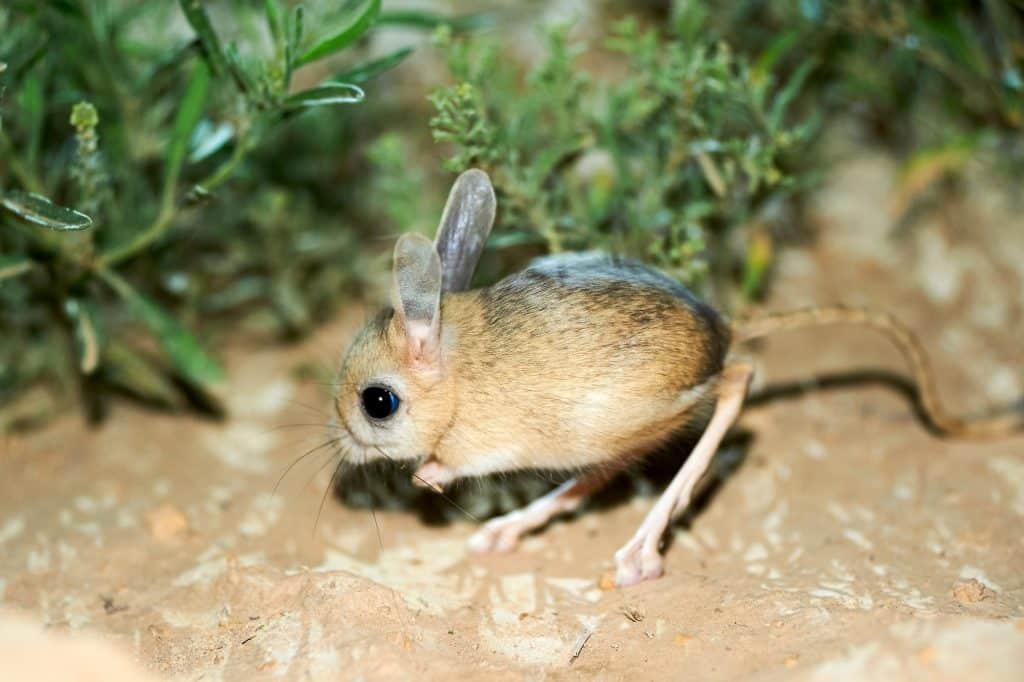
The jerboa, a small desert rodent, doesn’t need to drink water as it gets sufficient hydration from its food. Its body is highly efficient at conserving moisture, and it has adapted kidneys that produce highly concentrated urine. This allows it to survive in arid habitats without direct access to water.
8. Sand Gazelle

The sand gazelle, native to the Middle Eastern deserts, can shrink its liver and heart during dry periods to reduce water needs. This adaptation helps it survive for long stretches without water, as it relies on moisture from the vegetation it eats.
Follow us for more of these articles.
9. Ostrich
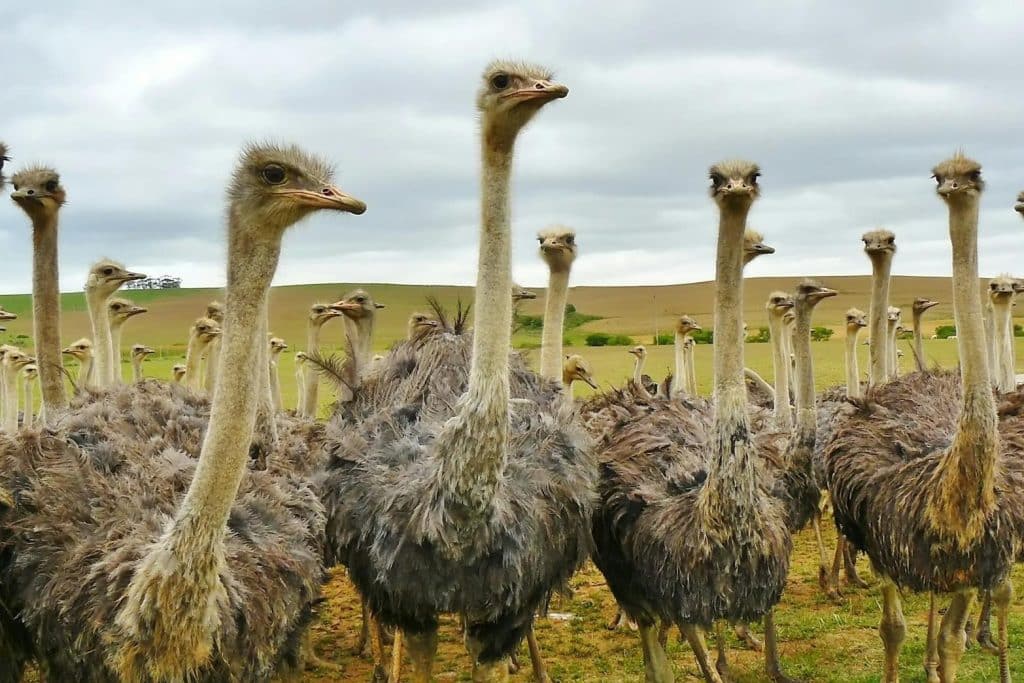
Ostriches are well-adapted to desert life and can go several days without water by extracting moisture from the plants they eat. They also have specialized respiratory and digestive systems that help reduce water loss, allowing them to survive in hot, dry climates.
10. Namib Desert Beetle
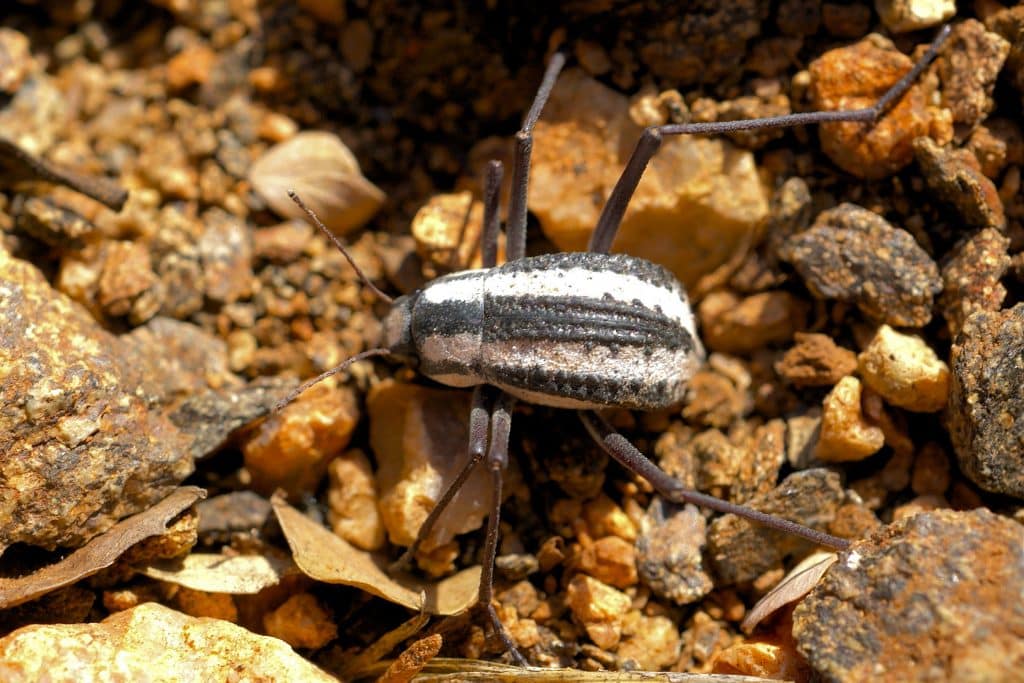
The Namib Desert beetle can survive in one of the driest places on Earth by collecting water from fog. Its bumpy shell condenses moisture from the fog, which it then directs to its mouth. This allows the beetle to survive in environments where there is almost no liquid water.
Follow us for more of these articles.
11. Fennec Fox

The fennec fox, found in the Sahara Desert, rarely drinks water, getting most of its moisture from the food it consumes, like insects and small rodents. It also conserves water through specialized kidneys that produce highly concentrated urine, helping it survive in extremely dry conditions.
12. Arabian Oryx
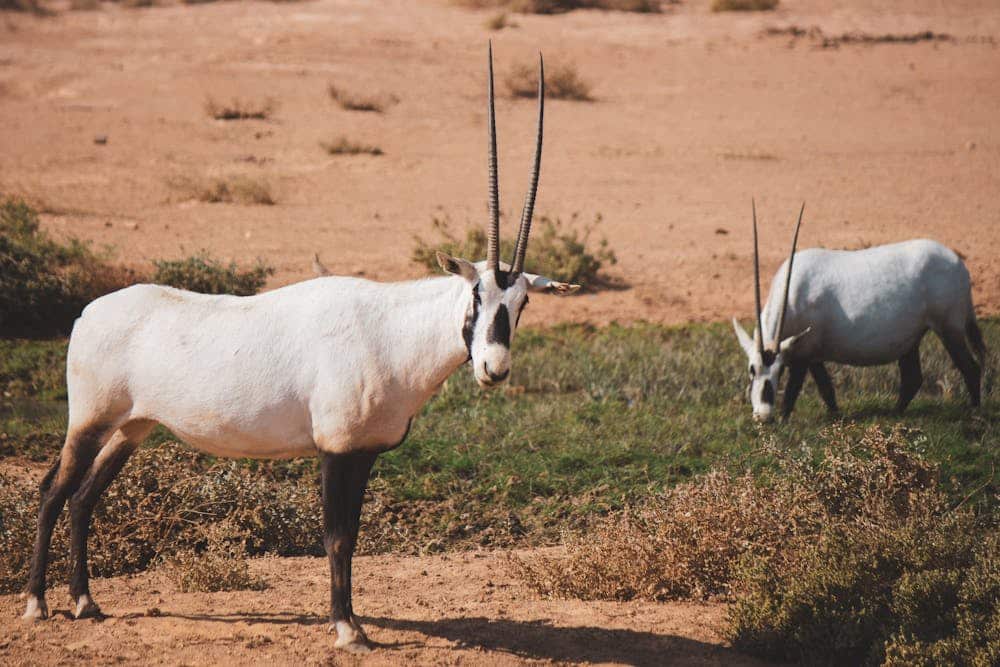
The Arabian oryx is well-adapted to desert life and can go without water for extended periods. It gets moisture from plants and can regulate its body temperature to reduce sweating, conserving water. This allows the oryx to thrive in the hot, dry deserts of the Arabian Peninsula.
Follow us for more of these articles.
13. Koala
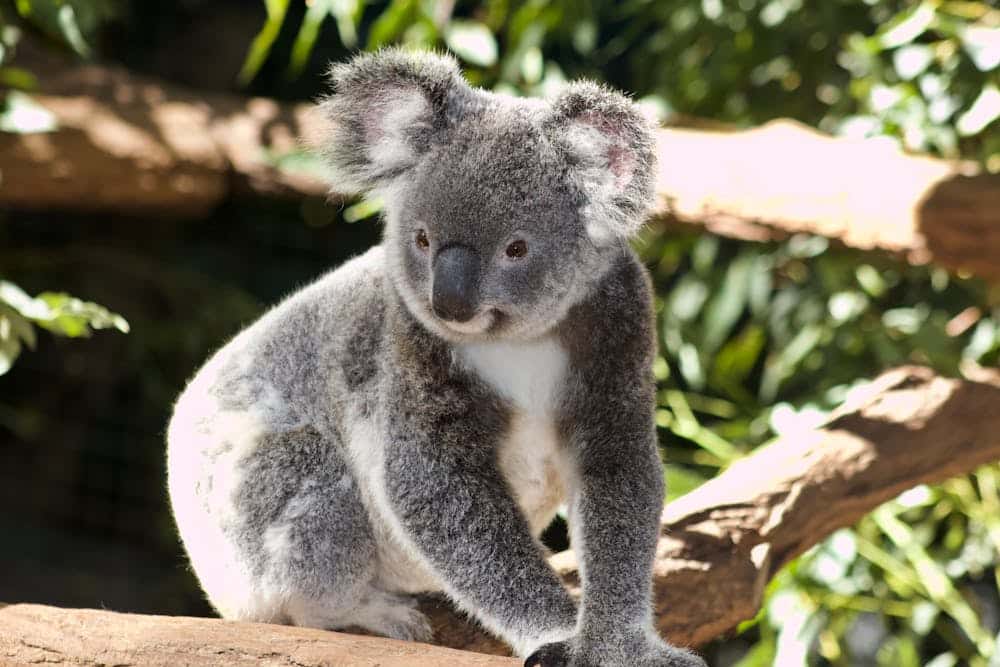
Koalas rarely drink water, as they get almost all of their hydration from eucalyptus leaves, their primary food source. Their bodies are adapted to extract moisture from leaves, allowing them to survive without drinking water unless conditions are extremely dry.
14. Spadefoot Toad
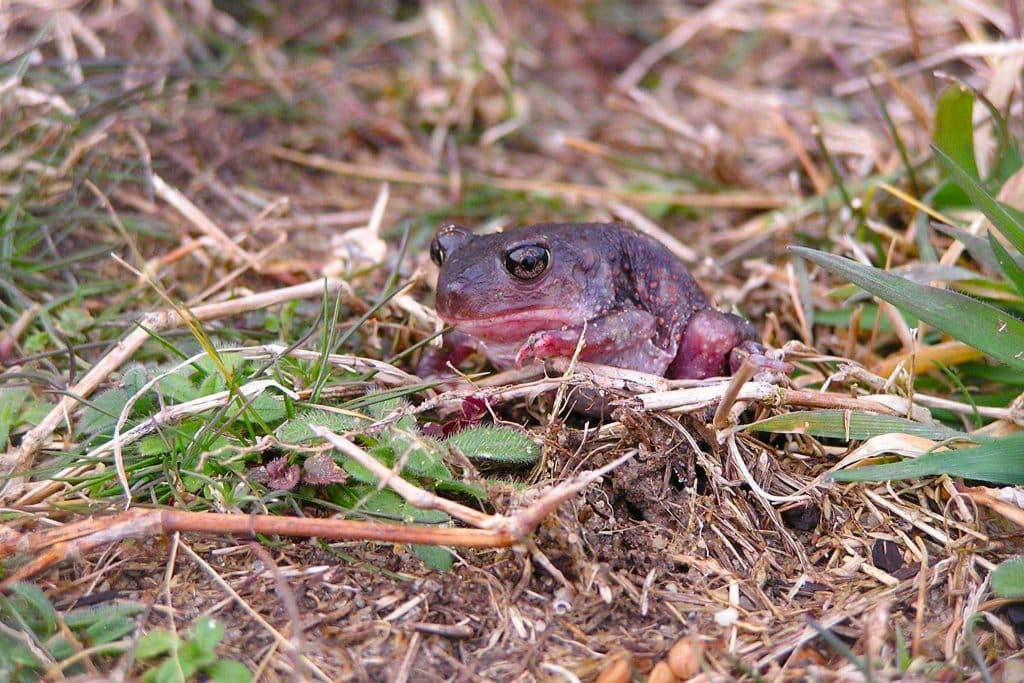
The spadefoot toad buries itself underground during dry seasons and enters a state of estivation. It can survive for months without water, slowing down its metabolism and waiting for rains. When water finally arrives, the toad re-emerges, reproduces, and completes its life cycle.
Follow us for more of these articles.
15. Dromedary Camel

Dromedary camels, with their single hump, are incredibly well-suited for desert life and can go up to two weeks without water. They have a thick coat that insulates them from the sun and special physiology that allows them to tolerate high levels of dehydration.
16. Emperor Penguin
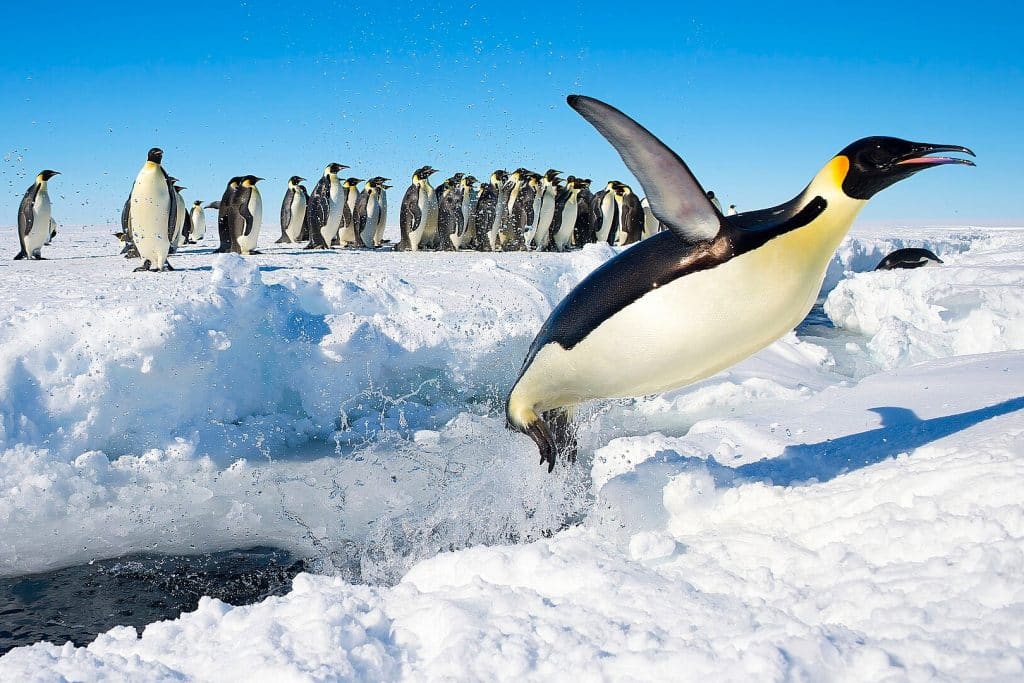
Emperor penguins can go weeks without fresh water while incubating eggs on the ice. They rely on the fish they consume for hydration and can tolerate saltwater ingestion by expelling excess salt through specialized glands. This adaptation allows them to survive in the harsh Antarctic environment.
Follow us for more of these articles.
17. Kangaroo
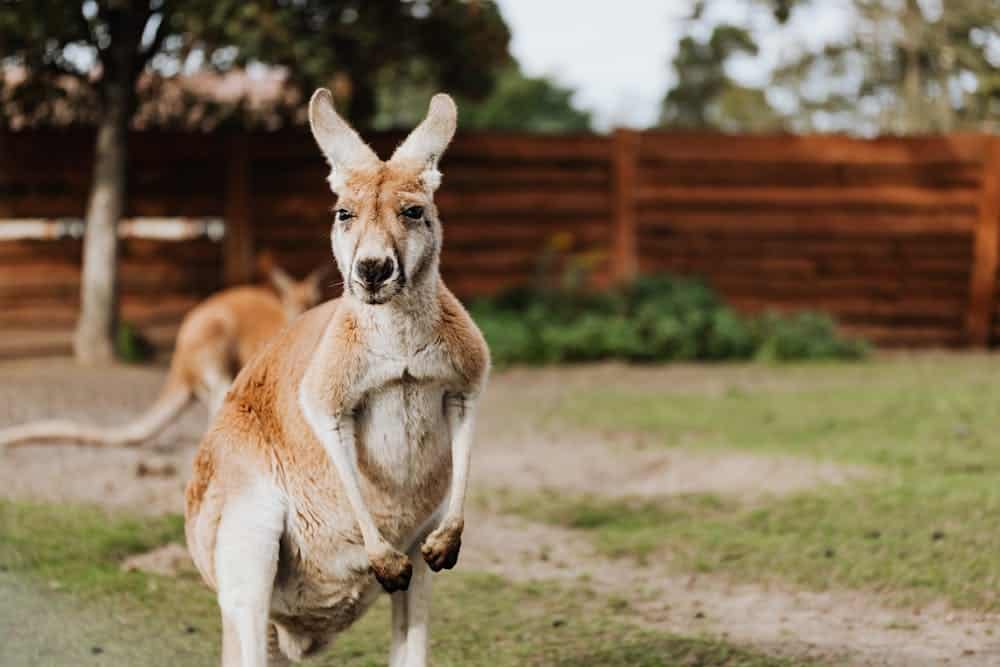
Red kangaroos, which live in the Australian outback, can survive for weeks without water. They get moisture from the plants they eat and reduce their activity levels during the hottest part of the day to conserve water. This ability allows them to thrive in extremely dry climates.
18. Earthworms
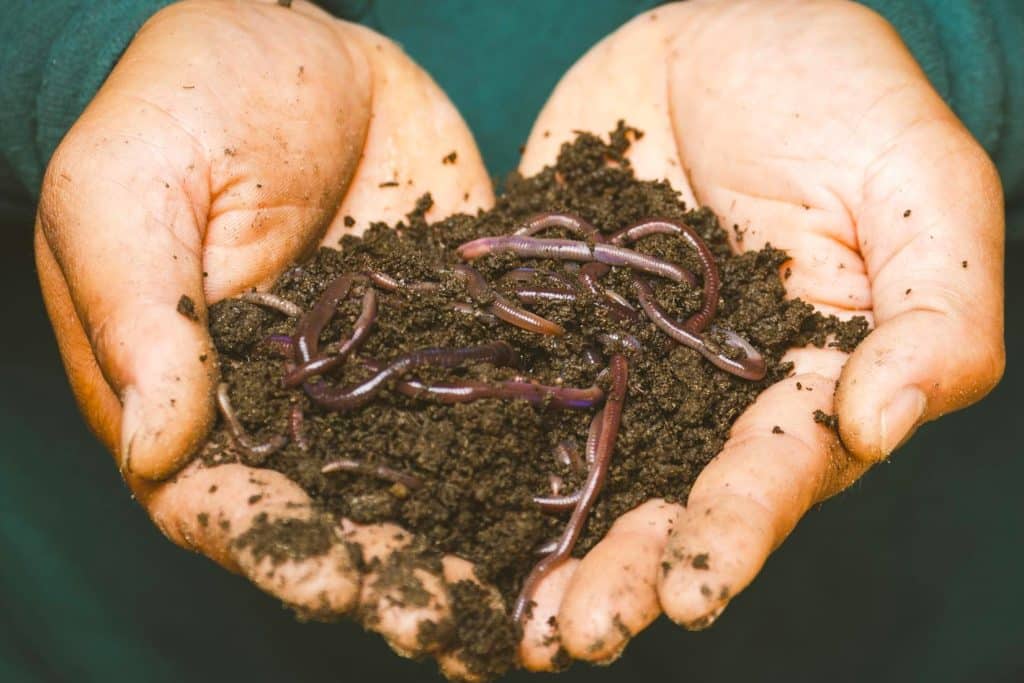
Earthworms can survive for long periods without water by burrowing deep into the soil. They enter a dormant state, reducing their metabolic rate, which helps them conserve moisture. This adaptation allows them to survive until rain returns to the soil.
Follow us for more of these articles.
19. Roadrunner
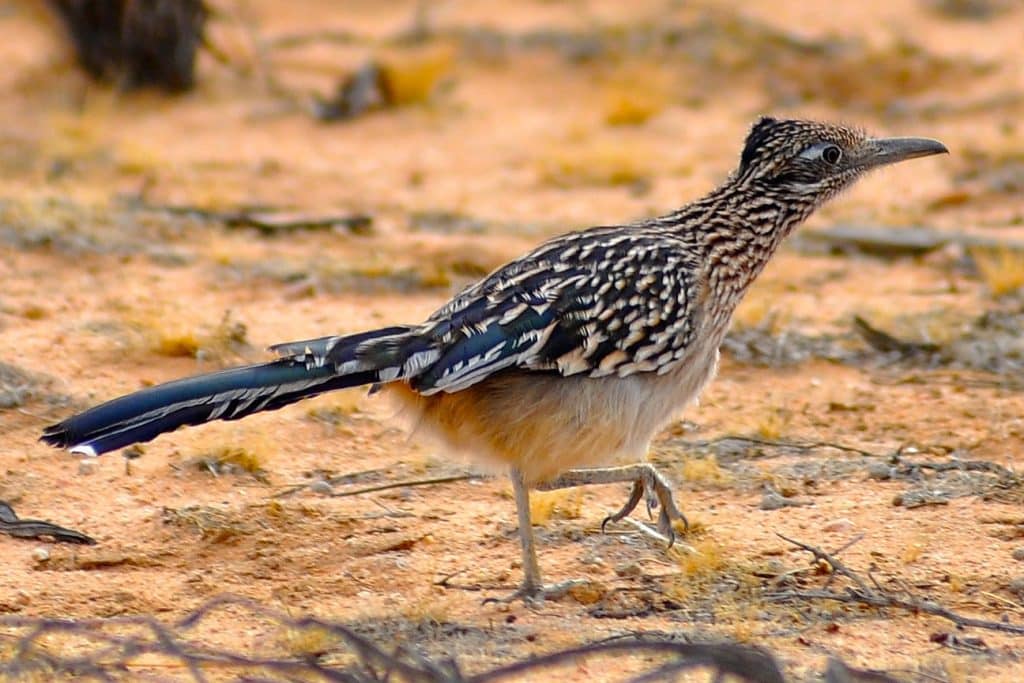
Roadrunners, native to desert regions of North America, rarely need to drink water. They get most of their hydration from their diet, which includes insects and small reptiles. Roadrunners also conserve water by excreting waste as a dry uric acid, which minimizes water loss.
20. Desert Snail
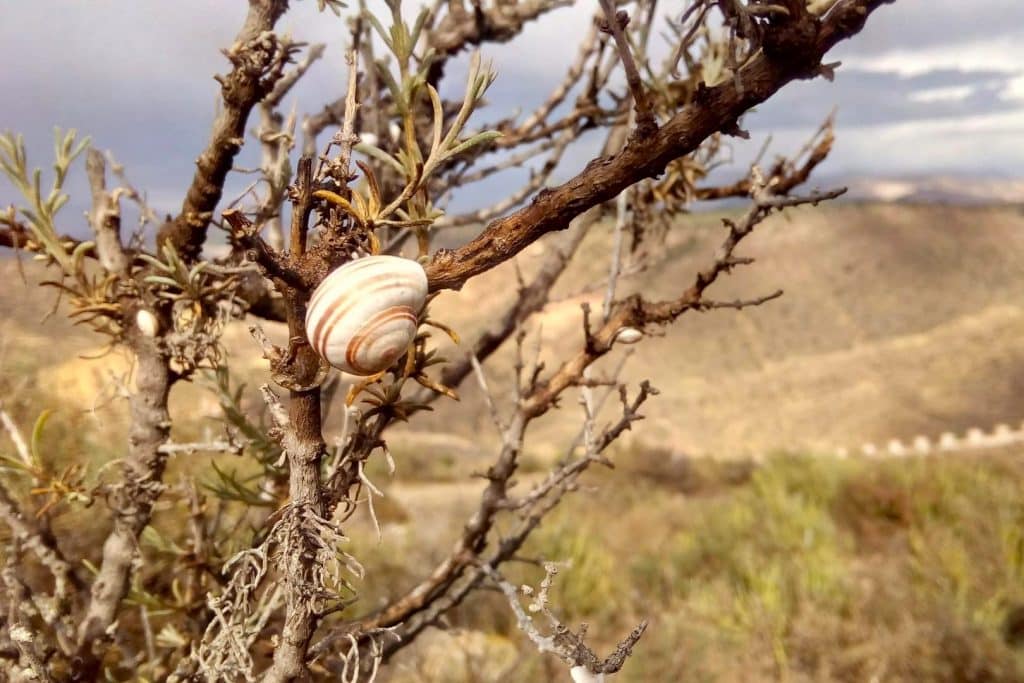
Desert snails can go without water for years by sealing themselves in their shells and entering a state called aestivation. During this period, their metabolic rate slows down significantly, allowing them to survive until favorable, wetter conditions return. This remarkable adaptation helps them endure extremely dry habitats.
Like our content? Be sure to follow us!






